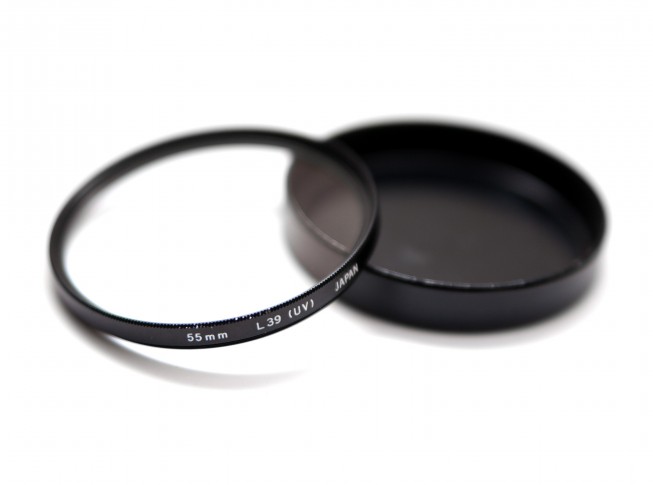Protect Your Lens!

The lens is the part of your camera that you need to protect against scratches, impacts, dirt, and more. You can protect your lens using a lens hood and a UV filter. Choosing a lens hood is simple, but what about the UV filter? Which brands are good, and what do the more expensive UV filters offer, when they’re “just a piece of glass?”
UV Filter
UV filters are among the most-used filters. These filters’ original purpose was to protect lenses from harmful UV radiation. However, they’re mostly used today for protections from dirt and scratches. You might say that a UV filter is a necessary piece of gear for any photographer who takes their equipment seriously and doesn’t want to see it damaged.
Everything Has a Downside
Everything has its downside, including UV filters. They bring unwanted side effects such as vignetting, imprecise focusing, and reduced detail.
The vignetting is caused by the filter’s thickness. If a UV filter (or any filter for that matter) is very thick, its opaque edge can get in the way of light entering the lens, darkening the corners of photos. Thus you should use the thinnest filters that you can. Cokin’s Harmony series of filters is among the thinnest. The focus and detail problems happen because less light is reaching the filter. This makes objects less contrasted for the camera, and so the lens has trouble with focusing, and with rendering details. A UV filter is something that in an ideal world actually wouldn’t be placed over the lens at all. So when choosing a filter, look at light transmission as one of the main indicators of
A UV filter is something that in an ideal world actually wouldn’t be placed over the lens at all. So when choosing a filter, look at light transmission as one of the main indicators of the its quality. Market leaders like BW, Hoya, and Cokin earned their position through their nearly-100% light transmission. When you are using a low-quality UV filter, you can run into the problems mentioned above. A low-quality UV filter protects your lens just as much as a more expensive one, but keep in mind that it significantly reduces your lens’s effective quality. It’s not good to cover a top-of-the-line lens with a low-quality UV filter. You can end up making it perform like a lower-class lens.

Lens Hoods
Lens hoods are designed to prevent lens flare. Lens flare comes from strong light sources—typically the Sun. But lens hoods also protect lenses from banging up against walls and other obstacles when you’ve hung your camera over your shoulder. They often even help to soften falls. So whenever you take your camera out of the bag, put on a lens hood even if the sun isn’t shining. As a bonus, it will make you look like a professional, even if you aren’t.
Keep It Clean
Always keep your UV filters as clean as you can. Keep in mind that your lens would be happier if they weren’t there at all. When they’re there and they’re dirty, they are even worse than usual for your lens’s performance. That’s why a microfiber cloth should always be among your accessories. Using your shirt for wiping is unacceptable.
UV: Great With Used Cameras Too
If you’re buying or selling photographic equipment second-hand, always keep the words “UV filter with purchase” in mind. If you’re selling, it lets the buyer know that the front lens doesn’t have scratches or other defects. If you’re buying… then that buyer is you.
As we wrote in the beginning, a UV filter is obligatory for every photographer who takes their equipment seriously and doesn’t want it to get scratched from a moment’s inattention. Choose a UV filter whose quality reflects your lens’s quality. And lean towards a risk of too much quality rather than too little. In the end, you’ll be rewarded many times over.

